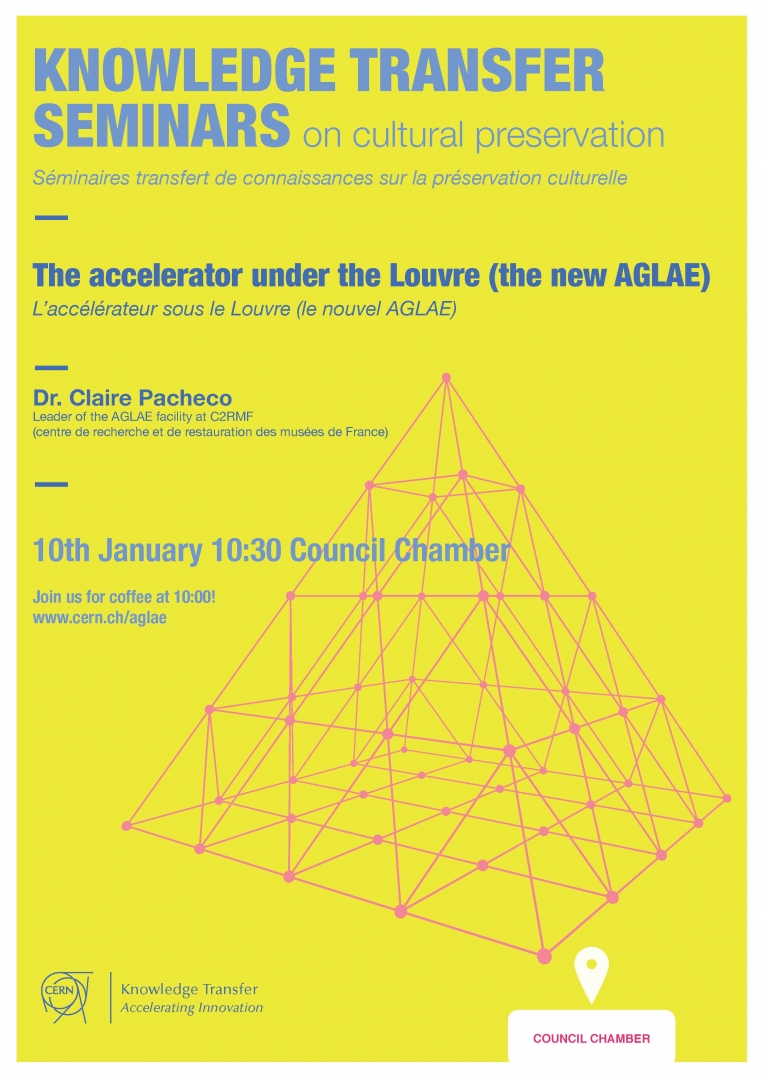The accelerator under the Louvre

Only a fraction of the 30,000 accelerators around the world are used for scientific research. Accelerators have diverse uses in varying fields and perhaps one of the most unexpected is their role in cultural preservation.
At first glance, it might seem incongruous to find such a machine in the Louvre, the prestigious Parisian museum. Yet, situated 15m under the glass pyramid at the Louvre is an accelerator called AGLAE, for “Accélérateur Grand Louvre d’Analyse Elémentaire”. AGLAE ascertains the amounts and combinations of elements in the museum’s artefacts.
Scientists use the accelerator to unlock the many secrets of ancient objects and verify their authenticity. The AGLAE can not only help researchers to identify what an artefact is made of but also when and where it was created. It has been used to date traces of paint and to study glasses, metals and ceramics allowing identification of their precise chemical makeup and to even establish where the component minerals were mined.
An upgrade is now in progress which aims to produce a lower-power beam that, coupled with more sensitive detectors, could solve the slight risk of damage when studying paintings with the AGLAE. The upgraded setup (NEW AGLAE) could also allow the accelerator to be more automated and to operate 24 hours a day.
How do scientists study art and archeological artefacts? How does AGLAE collect complex information for cultural preservation? What prestigious cultural heritage object have already been studied with the accelerator under the Louvre?
Find out more at the next CERN Knowledge Transfer seminar where Claire Pacheco, Leader of the AGLAE facility at the Centre of research and restoration of French museums, will speak on
The accelerator under the Louvre (the new AGLAE)
Tuesday 10 January 2017, 10.30 a.m.
Council Chamber
You are invited to join the speaker and organisers for coffee at 10:00
The seminar will be webcast live.
Article written by Helen Dixon-Altaber.

- Log in to post comments
